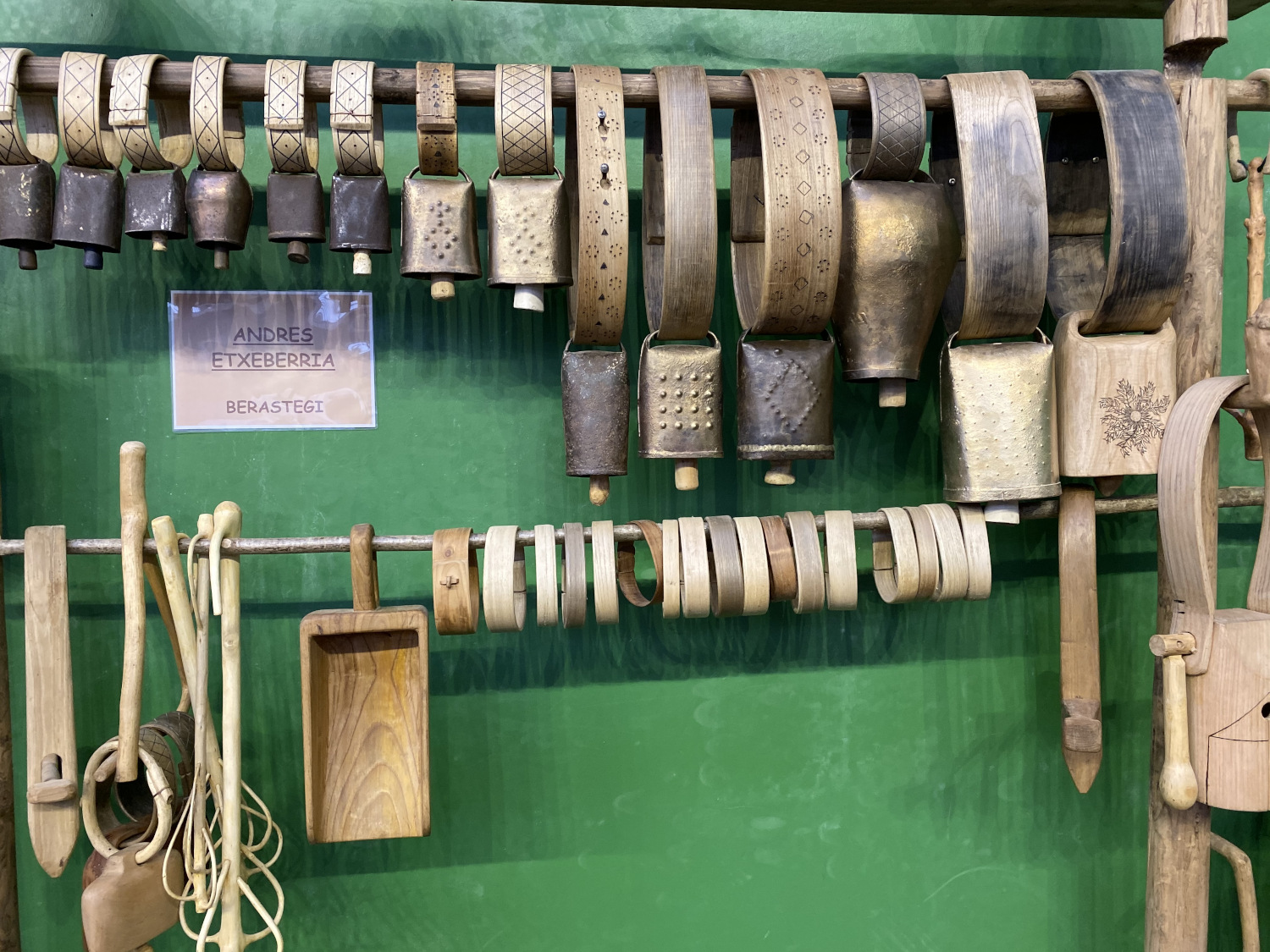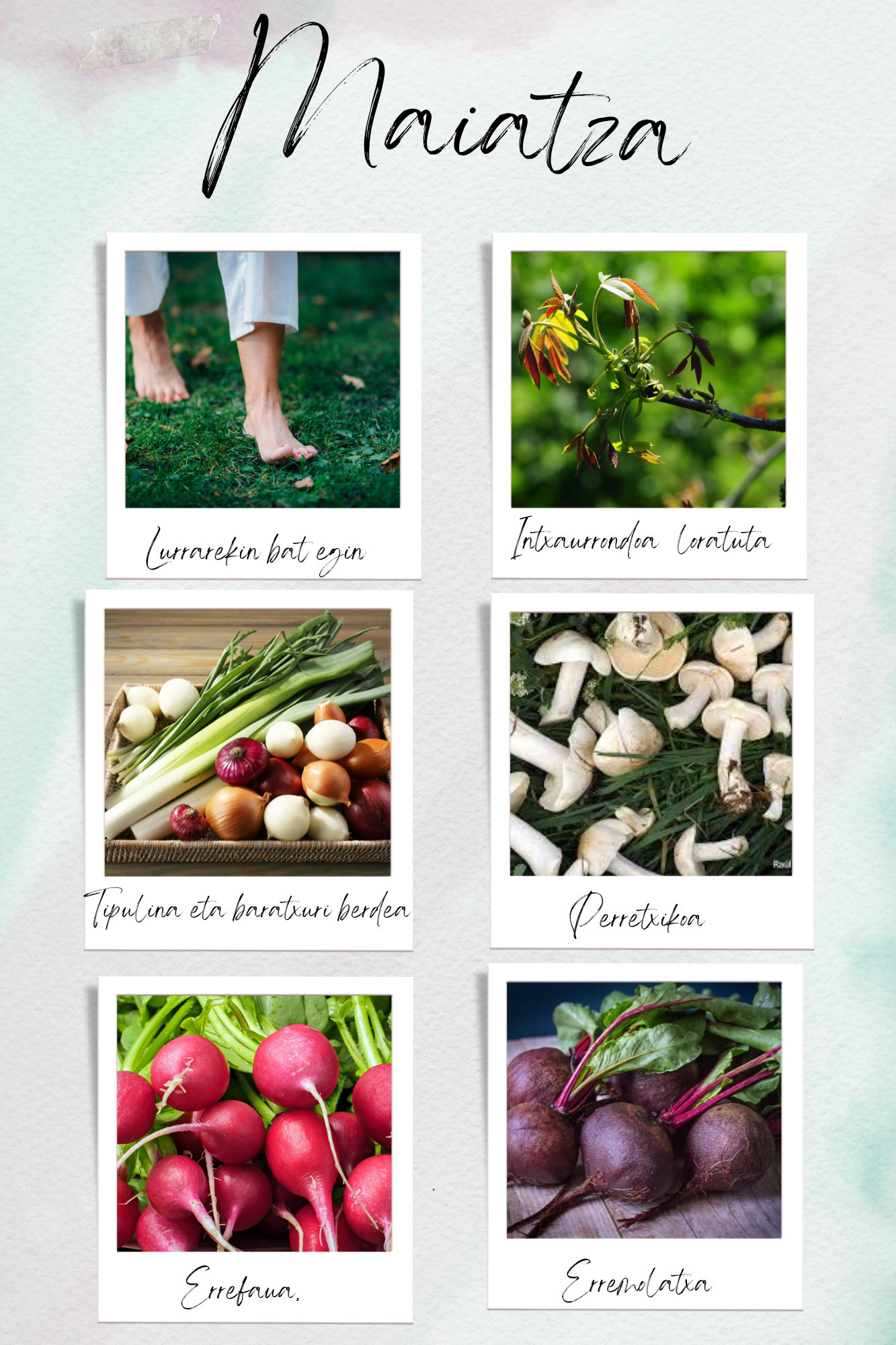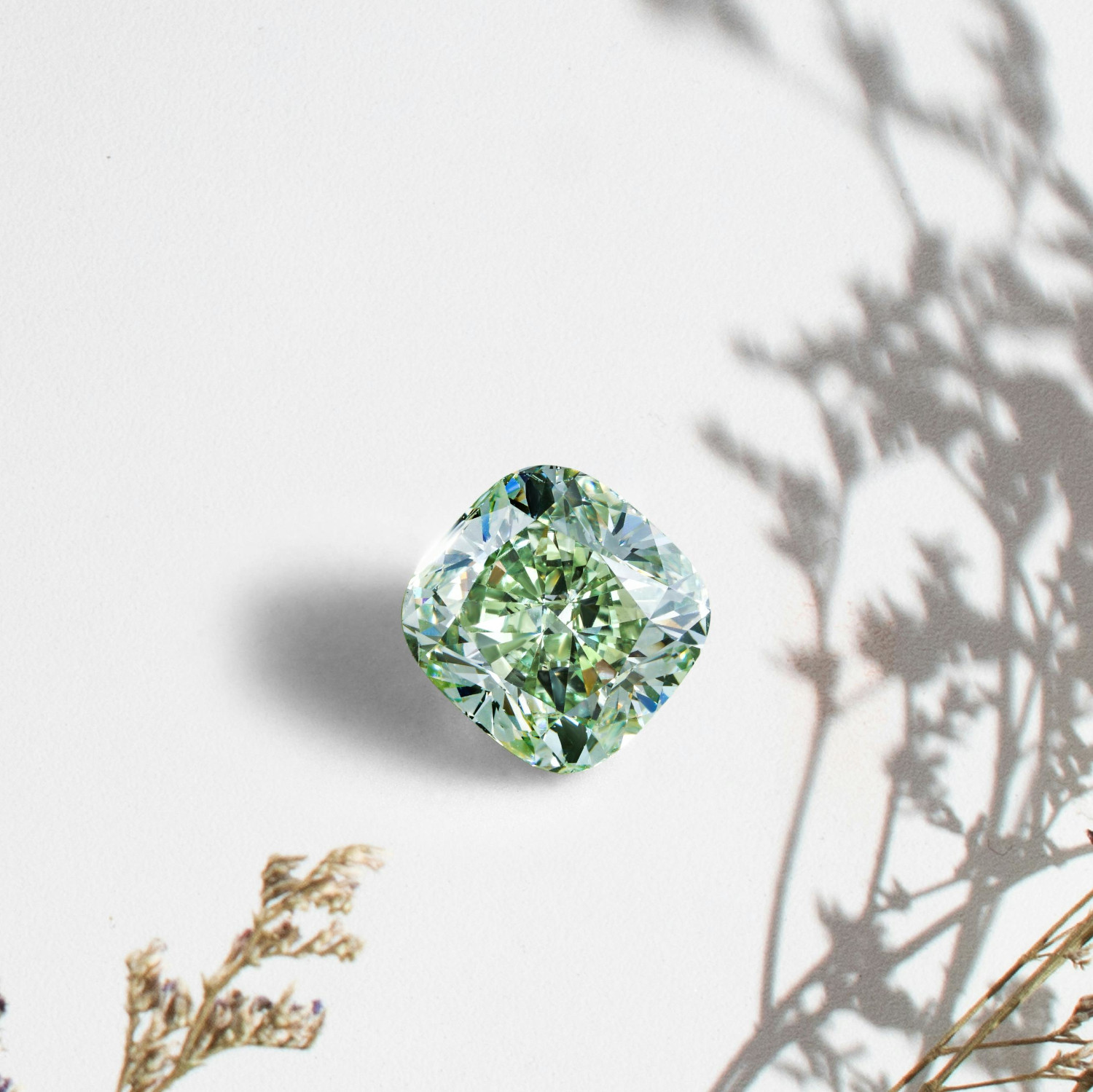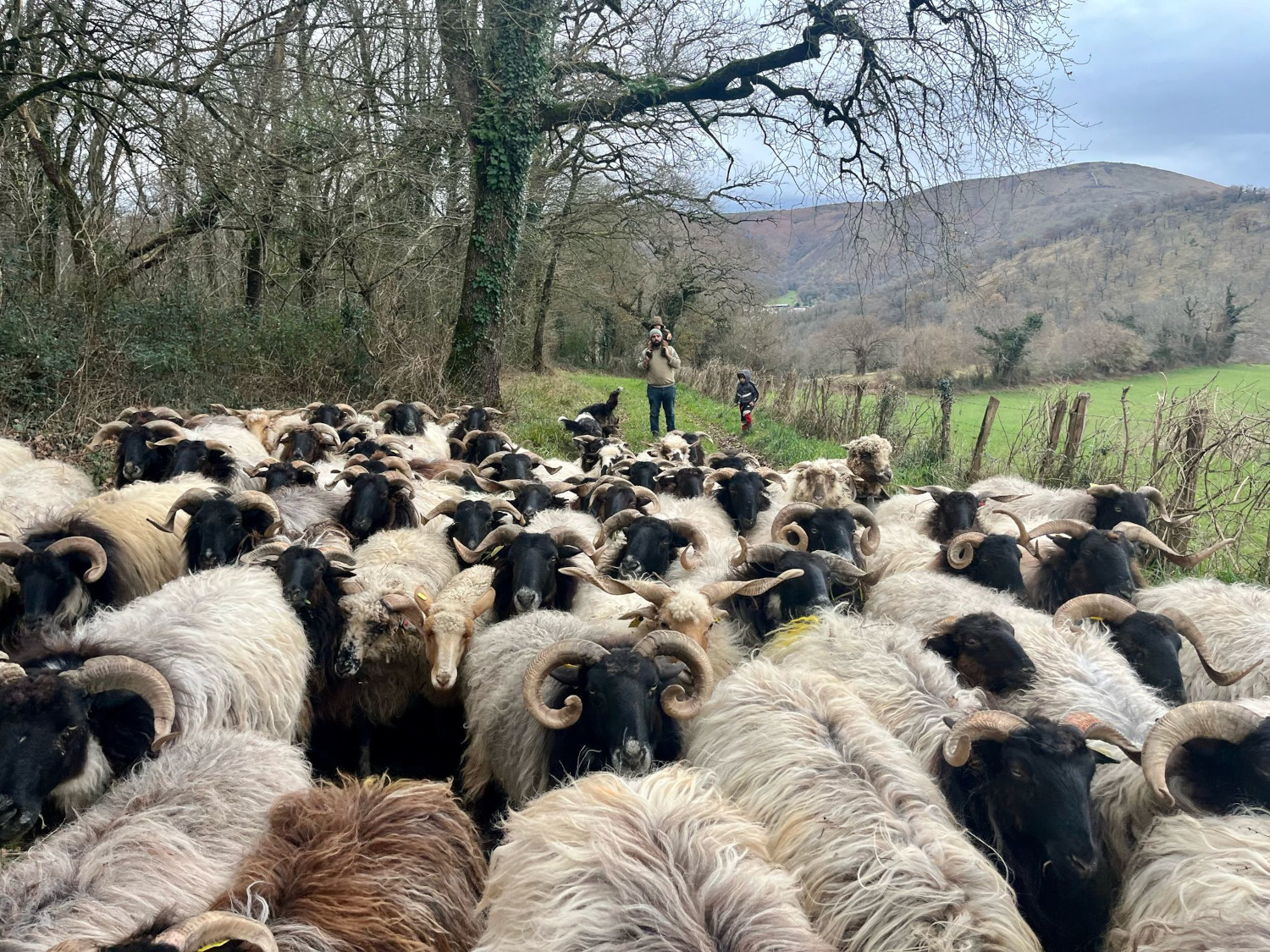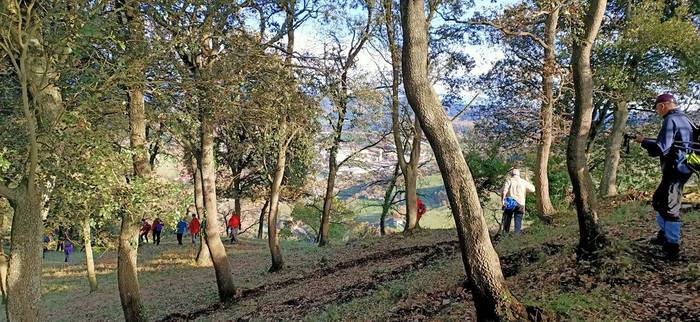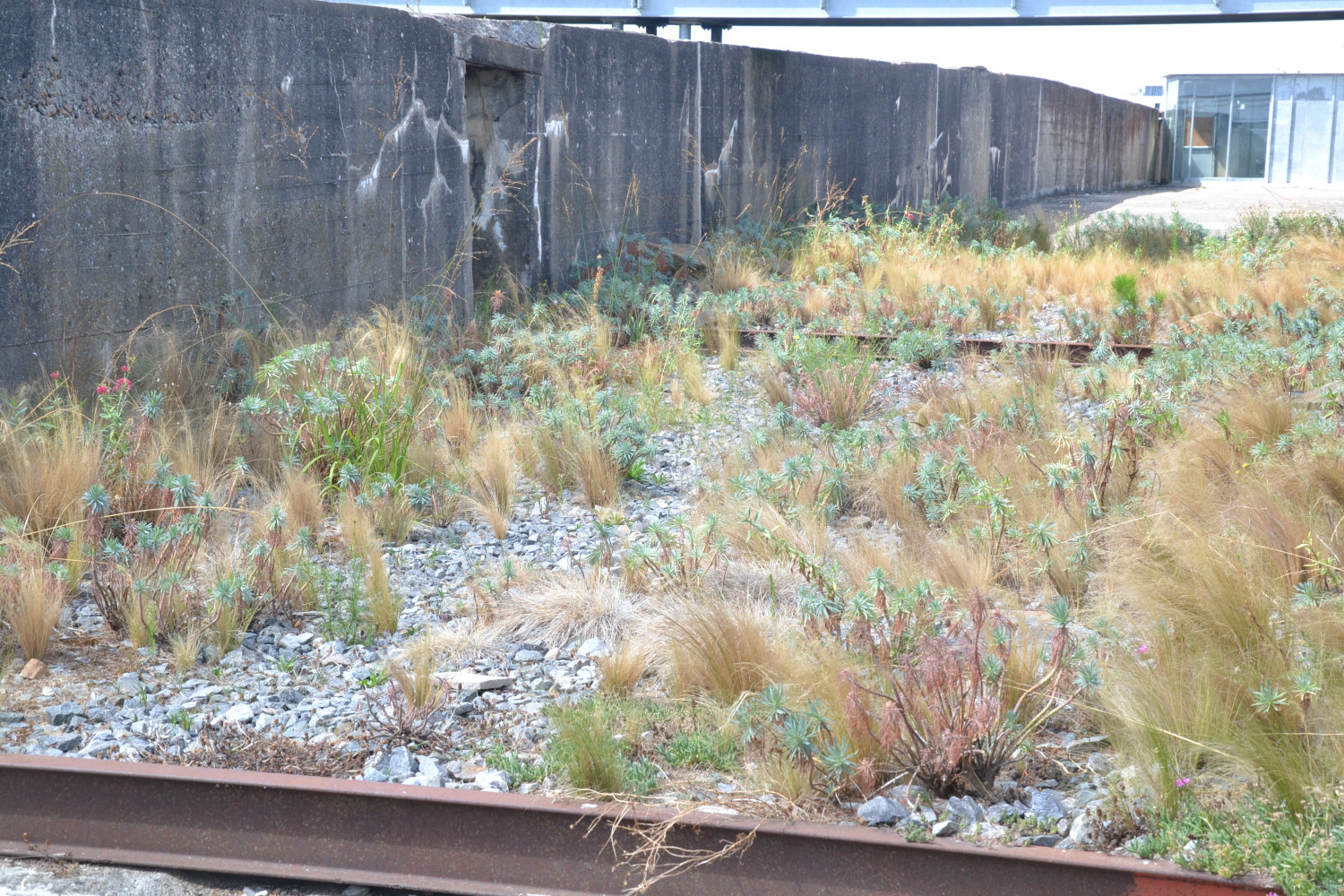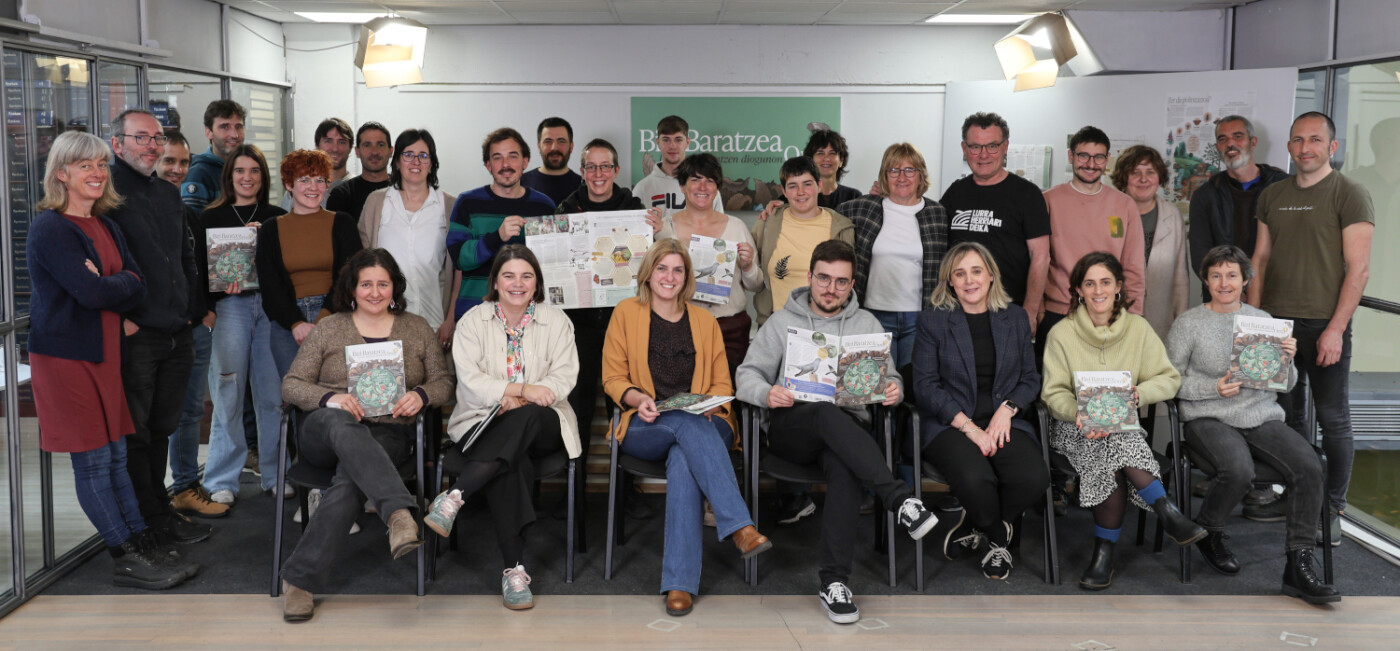Plants that have been used as a lace

It was a lot of plants that were used as a lace in remote times. My friend Markel will be glad to know that the oak roots (Quercus robur) were used earlier as ropes... In fact, oak belongs to a landscape of great importance, aramaiotarra, and is dedicated to selviculture, both on foot and head. Well, Rodolfo Bomallorca-Urrutia has gathered in Arano how the roots of the oak were glued or twisted, and he adds that they were strong and durable. It's called "Traviesa."
In the Encinar de Améscoa, in the territory of art (Quercus ilex), there is no oak, but the ajenjo is called “bidurri” (Clematis vitalba). This plant is a powerful trepator capable of producing large lianas. It rises above the large trees and the literature on it cites the climbers of the thick arm, such as the well known Pio Font i Quer. It's flexible, thin and difficult. It twists, rolls and is not easy to break, with it will easily dare and it will also roll a bit. Children use white scabies for their cistern trucks, which I have heard more times say; the branch between knots and knots has a porous interior, full of bastions, and once dry, it is easily thrown at flame and smoke. A rope has also been made with its sardines. And you also baskets. Also the yoke and the punishment that binds the kama or the burkama or the pertiga or the rudder.
In Aezkoa it is known as “aiarte”, “ligartza” in Abárzuza (Tierra Estella) and that same name is known to the cord used to bind the Azaos or bundles of Uztárroz (Roncal). It is also known as “tingari”, scabies and leprosy or leprosy; “ezkabia” and, apparently, has been a medicinal herb to mitigate its attack and make it more bearable, as it is able to delay the bacteria. It is also known as “iron head”, which appears in the list of plant names edited by Telesforo Aranzadi and sent by Bernardo Estornés Lasa from Isaba and which relates to the tradition of making crowns with this plant. Also at the other end of the Pyrenees, in Montseny, when they wanted to disguise themselves as angels they made crowns with him, and with flowers of peas or snake herbs (Arum spp.). adorn. Some have even received the names of “metu” and “hautin”, but I see them fairer to say to the trepadora, that is, to the scabies of any plant. Anyone who knows, I explain. Also collected are “Ezkeraihen”, “aihenezker”, etc., which are also names of many climbers: hops (Humulus lupulus), black left-handed (Convulvulus arvensis), white left-handed (Calystegia sepium), etc.
The genus of Ayennis, Clematis, comes from the ancient Greek clématis, which means climbing plant; the name of the species comes from the Latin vitalba, which means “white wine color”; if the flower of the wild beehive has that white straw color.
The genus Clematis is well known in gardening. Great climbers have been created that give spectacular flowers of different colors. Truly beautiful. They're in full bloom. When I finish this, I'm going to visit who I have on the porch.








